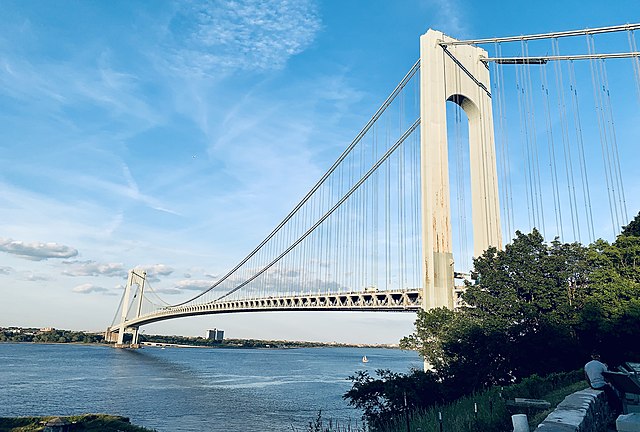The Metropolitan Transportation Authority (MTA) Board is expected to approve a $249 million rehabilitation of the Verrazzano-Narrows Bridge, focused on installing a dehumidification system for the bridge’s four main supporting cables. The system, a relatively new technology for New York but widely tested elsewhere, is designed to prevent corrosion and extend the bridge’s operational life.
The same system was recently implemented on the George Washington Bridge with excellent results. “It’s a new technology to us, but it’s very well-proven around the world,” said Jamie Torres-Springer, president of MTA Construction & Development. Japan has been at the forefront of this approach — its Akashi Kaikyo Bridge, the world’s longest suspension bridge, was the first to use a main cable dehumidification system, and has seen long-term success.
The Verrazzano, which links Staten Island and Brooklyn across the Narrows, is one of the busiest spans in the country, carrying nearly 220,000 vehicles each day. The upcoming project involves sealing each of the four main cables in a sheath and pumping in dry air to maintain humidity below 50%. The enclosed environment facilitates moisture displacement, preventing the oxidation process that leads to corrosion.
Over time, high humidity can accelerate cable deterioration. With rising global temperatures and humidity levels, the risk to suspension bridges has increased. Torres-Springer said the MTA wants to “get ahead” of these effects to protect the long-term health of the Verrazzano.
The MTA board is expected to vote on the contract this week. If approved, Skanska Kiewit JV will handle installation and maintain the system for five years.
A similar project is already underway on the Queens span of the Triboro Bridge, where American Bridge Co. is working under a $44.5 million contract to dehumidify the main cables. That project is scheduled for completion in September 2027.
Work on the Verrazzano system would take approximately four years.












